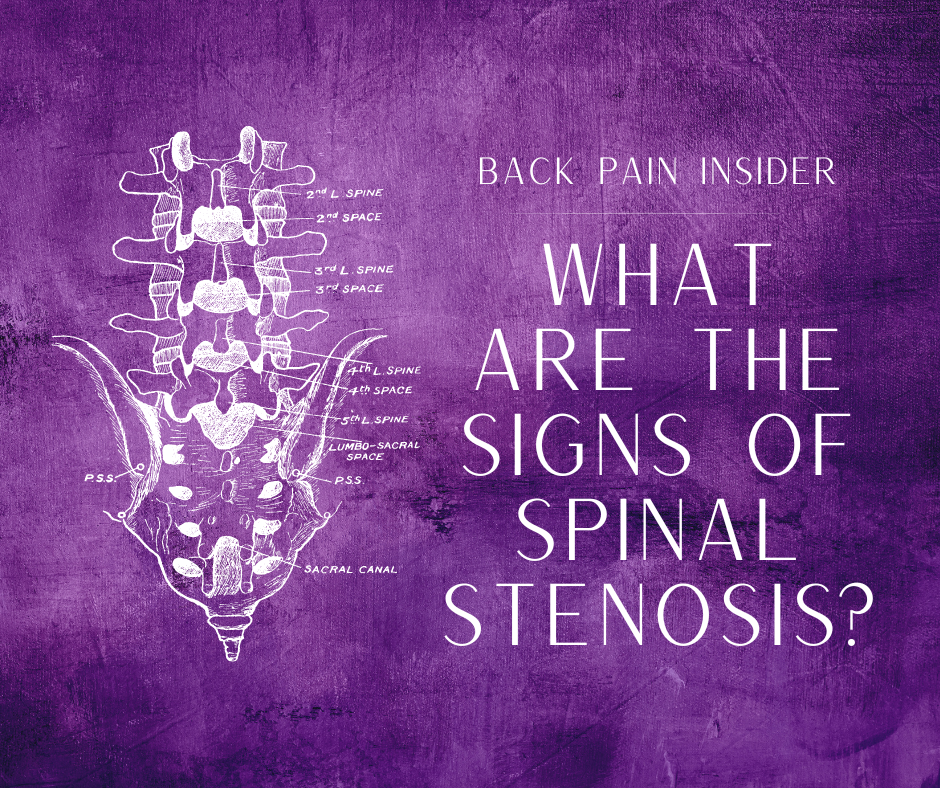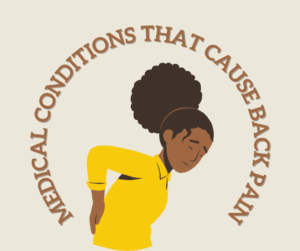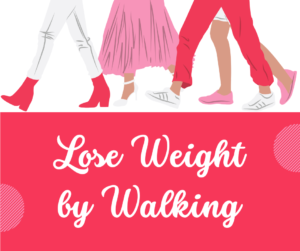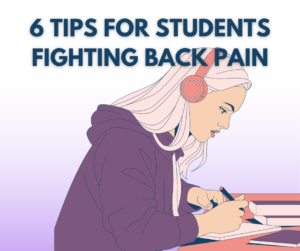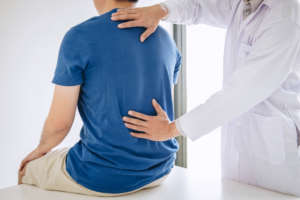When the bone passageways that house your spinal nerves (foramen) and spinal cord (central canal) constrict, this condition is known as spinal stenosis. This constriction, which can occur at different sites along your spine, may compress your spinal cord and nerves. Spinal stenosis is a problem that often affects people age 60 and over and can worsen over time.
Here are some of the common symptoms and signs to look out for if you think your discomfort may be caused by spinal stenosis. One or more symptoms may be felt, depending on the type and background of the stenosis.
Decreased Fine Motor Skills
When the cervical spine is compressed, doing hand tasks requiring fine motor skills, including buttoning shirts, can be challenging. Writing may be challenging in the later stages, finally rendering it hard to grasp a pen. Consult your doctor if these symptoms ring a bell because spinal stenosis may worsen if left untreated.
Consistent Arm Pain
Mild burning or agitating pain in the neck, shoulder, and arms may be a symptom of cervical spinal stenosis. Both hands may experience strange sensations, including tingling, crawling, and numbness. The hands and arms could feel frail.
Sciatica
Your lower back’s nerve roots may become compressed and cause sciatica or lumbar radiculopathy. Sciatica typically affects one leg at a time and causes nerve pain and weakness. Pain may be felt in your lower back, buttock, thigh, calf, leg, and foot, depending on the nerve root(s) involved. In addition to discomfort, the areas affected by it may also experience tingling, weakening, and numbness. Thankfully, sciatica can be relieved by visiting a chiropractor or taking certain medications.
Neurogenic Claudication
Your lower back’s squeezed nerves might cause neurogenic claudication and pain in your legs. The following traits are typically present in neurogenic claudication. Leaning forward while crouching, leaning on a shopping cart, or leaning forward while sitting can help ease neurogenic claudication pain. Your doctor must distinguish this pain from other forms of claudication, which can mimic neurogenic claudication.
Gait Problems
Depending on where it occurs in the spine, spinal stenosis may have varying effects on walking, such as:
Due to foot drop, lumbar spinal stenosis (in the lower back) may result in gait issues. Quadriceps and calf muscles, among others, may become weak due to the illness. In particular, cervical spinal stenosis with spinal cord compression might make it challenging to maintain balance when walking in the dark. However, gait imbalance is not brought on by cervical spine stenosis with a pinched nerve. Gait modifications could be too slight to pick up on right away. The problem may gradually worsen with more incredible falls over time.
If you ever have any concerns that you may be suffering from spinal stenosis, be sure to book an appointment with your doctor right away. The longer you wait, the worse it’ll become.
